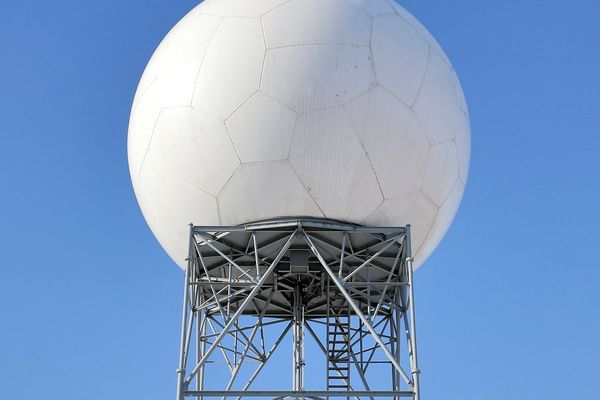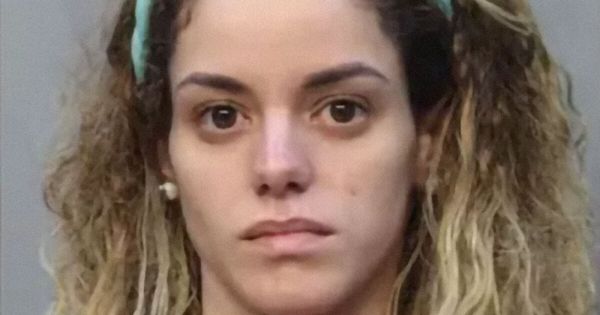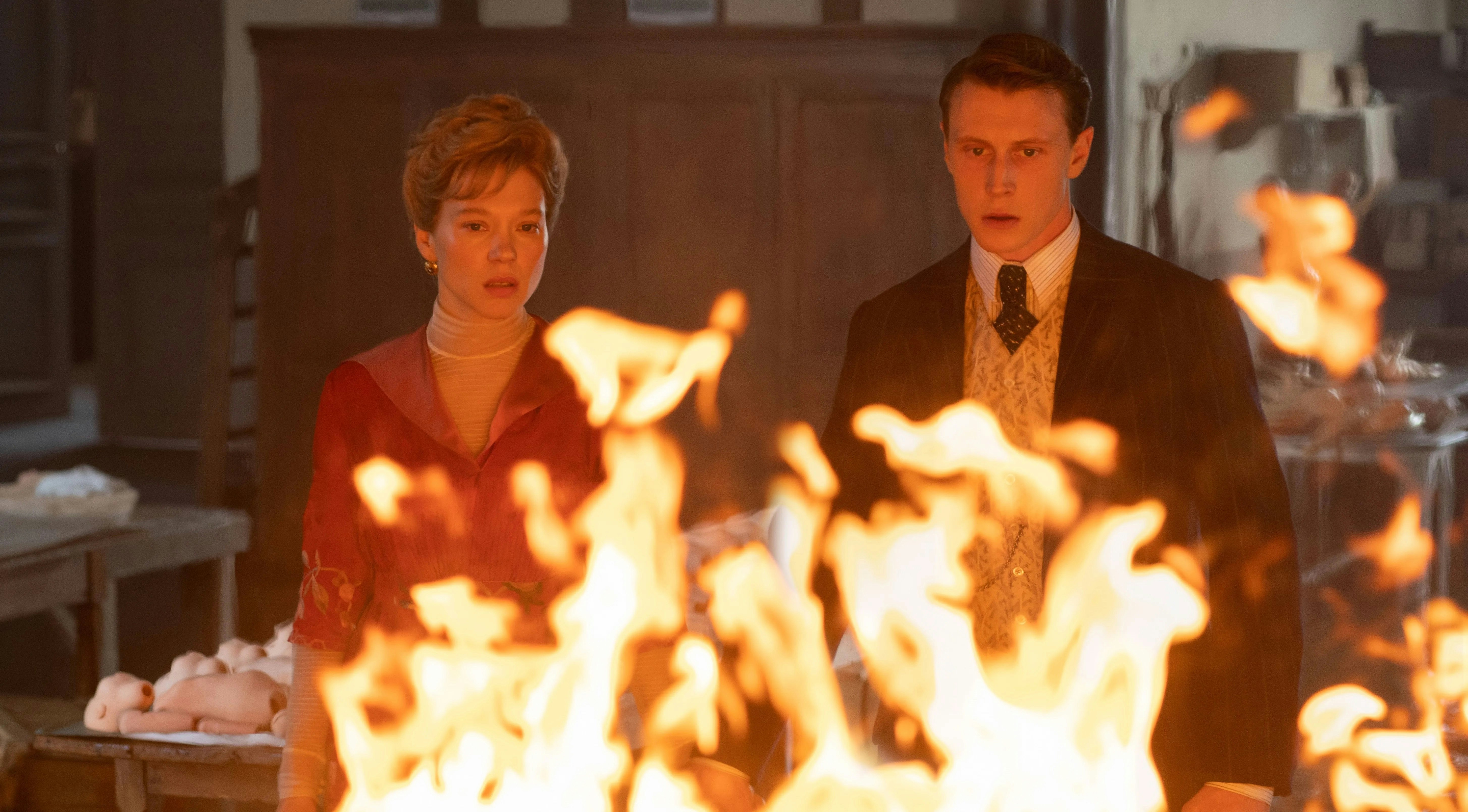
Famed philosopher Friedrich Nietzsche once said, “Hope in reality is the worst of all evils because it prolongs the torments of man.” It’s a depressing, sobering concept that, when one thinks about it too long, may just lie in some real truths.
In Bertrand Bonello’s latest film The Beast, this adage is played out over a lengthy science fiction odyssey that spans across timelines and connections, proving that love, hope, and fear are all intertwined within us. It’s the deepest and most human tragedy of the self, and one that is often unavoidable.
The Beast follows Léa Seydoux’s Gabrielle, a young woman living in the dystopian future of 2044. In order to be eligible for a job that interests her, she must purge her DNA of emotional hang-ups from past lives. As she goes back to explore those worlds, she reunites with George MacKay’s Louis, the love of all of her lives. But despite the fact that love is right in front of her, she can’t help but feel as though something great and terrible is waiting for in the wings, ready to strike when she least expects it.
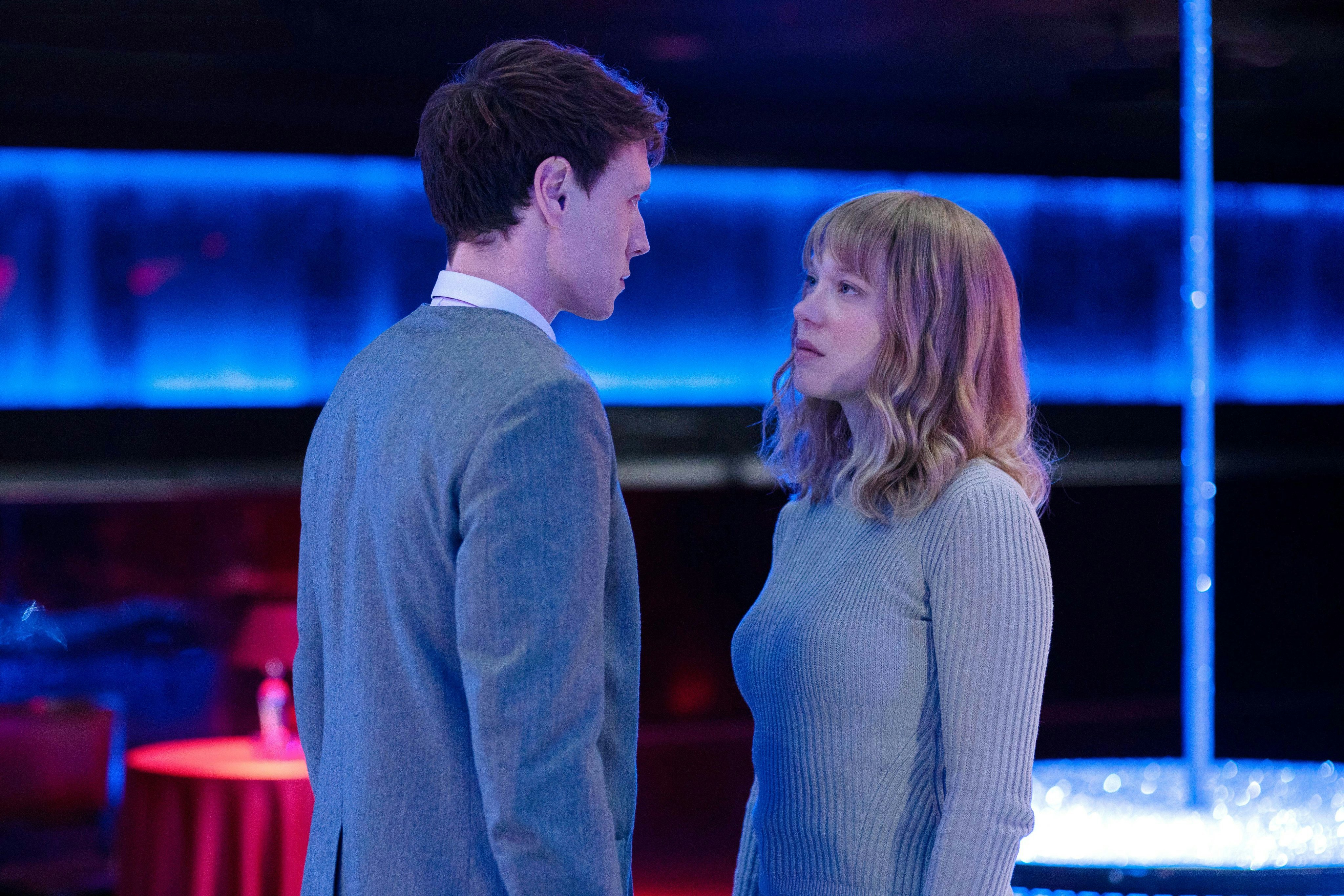
Bonello’s story is a loose interpretation of Henry James’ 1903 novella The Beast in the Jungle, which centers on the concept that its male protagonist is anticipating a terrible tragedy to occur at some point in his life. Bonello turns this story on its ear with his screenplay, employing a female lead in Gabrielle and turning the tale out of one timeline into three: 1910, 2014, and 2044. Though all three of these timelines are wholly different on screen, they are nevertheless linked by the fear established in Gabrielle, a fear she is at once terrified and protective of.
Bonello’s directing complements the strange structure he sets up, weaving us back and forth through timelines in a way that disseminates information at just the right moments. He chooses to focus on faces, objects, and some crucial animals (to say too much would be a spoiler) with an eerie precision, daring us to decipher the emotional life behind those choices lest their meaning be taken from us, like Gabrielle’s feelings themselves.
While meticulously edited by Anita Roth, the film is a bit confusing on the first watch, ultimately forcing the audience to pay attention and dig deeper — a rarity in the age of “second-screen” entertainment. Through its script, direction, and editing, The Beast is a dense fable that speaks volumes about the complicated nature of individuality, control, and emotion. Yet, at the same time, the concepts laid bare here are so universal it’s impossible to not connect with them, especially when it comes to the film’s central performances.
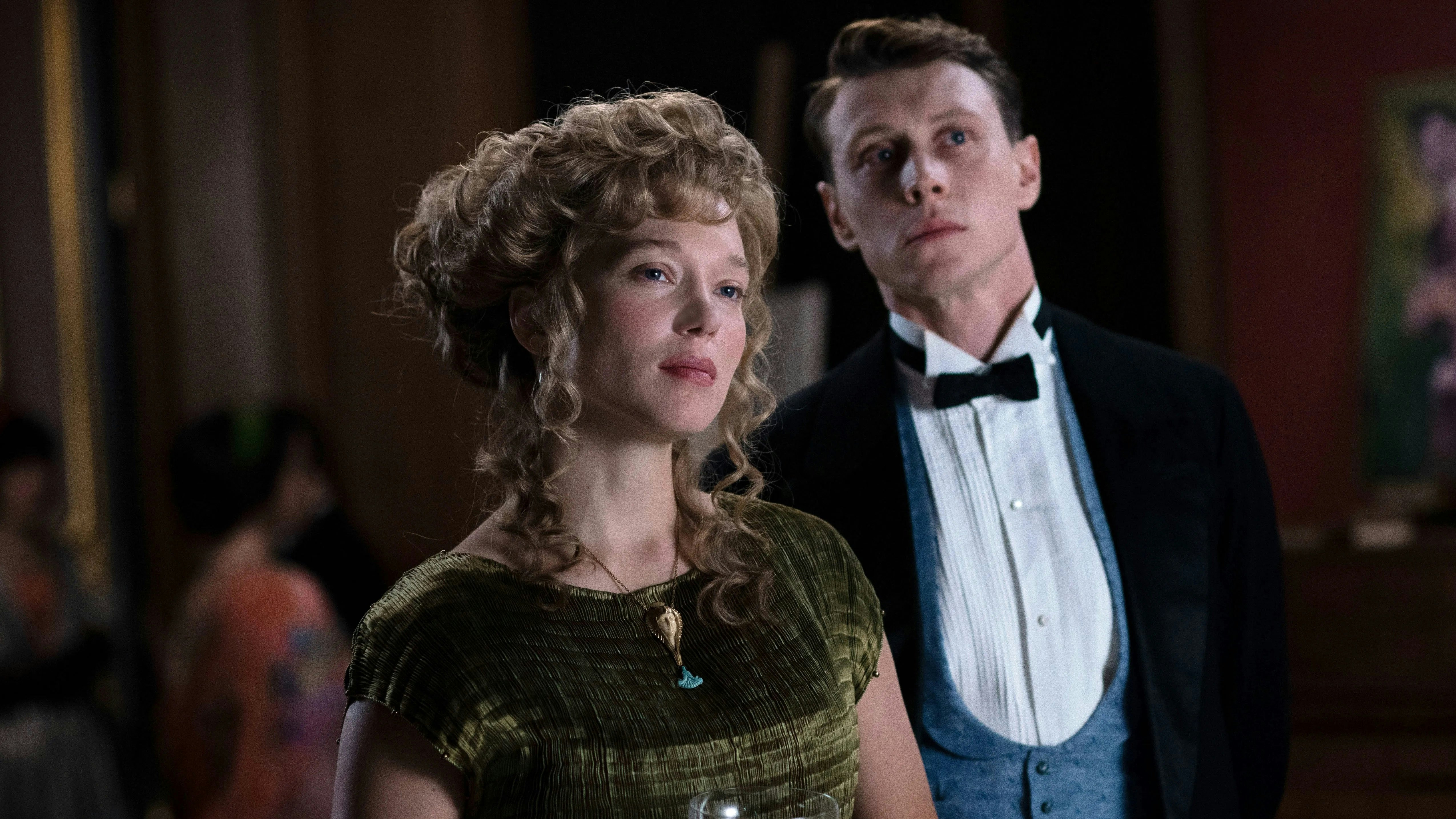
As a fated couple in three distinct eras, Seydoux and MacKay naturally embody each version of themselves with a sense of cosmic tension — even when their connection shifts for the worse. Seydoux is an absolute powerhouse, carrying the film entirely on her back with poise, reserve, and power behind every word she speaks. MacKay’s role was originally written for the late Gaspard Ulliel, a fantastic actor who undoubtedly would have nailed the part, but MacKay does such a fantastic job of getting lost in the varied personas of George. He feels like someone we all know, someone who terrifies and fascinates us in equal measure — something Gabrielle is drawn to as well. MacKay has the face and skills to play the despicable incel of his 2014 persona, as well as the lush romantic of his 1910 character. The duo’s palpable chemistry anchors the story with a restrained and alchemical precision that makes its dense story go down easier.
The Beast’s centuries-spanning love story wouldn’t work if it weren’t for the immaculate costume and production design. The costuming by Pauline Jacquard is a feast for the eyes — lavish and rich with color in the 1910 storyline, and starkly empty and gray in the sparse future that Bonello imagines. But perhaps the most standout element of The Beast is its tragic end. The entire film, Seydoux’s character has struggled with a fear of love; we watch her squander it in 1910, and then attempt to rectify that connection in 2014. But she seems bound to a cyclical doom, one that she comes to full realization of in the film’s final moments. It’s a tragic moment that underscores and reshapes the events that come before it, and gives Seydoux a tour-de-force acting moment that will be remembered long after the film’s close.
The Beast traverses timelines to show us that the fear of love — how the highs that come with it can pervert into the lowest lows — is just as devastating as not loving at all. A two-and-a-half hour parable, Bonello’s bold, uniquely human, finale makes the entire film worth it.




